Forecasting pollen to alleviate allergy suffering
Using CAMS data to track and forecast pollen concentrations across Europe

For many people, the arrival of spring is a time of celebration. The weather warms, daylight hours increase and plants begin to flower.
Yet these flowering plants cause millions of people to suffer as pollen spores spread through the air, causing itchy eyes, runny noses and sneezing. Some people also experience more serious symptoms, such as shortness of breath or swelling of the airways.
Estimates suggest that one in four people suffer from pollen-related allergies. The costs associated with treatment and missed workdays from severe reactions can add up to around €150 billion each year.
The spread of pollen is directly related to weather conditions, offering an opportunity to connect the data and predict the potential impacts. One of the key functions of the Copernicus Atmosphere Monitoring Service (CAMS) is to monitor and forecast air quality and pollen across Europe. Through the creation of a dataset that maps air quality and pollen levels across the continent, CAMS has enabled the development of several tools that help track pollen counts. These downstream applications offer a way for Europe’s citizens to dramatically improve their health and quality of life, while helping to reduce the economic burden faced by countries across the continent.
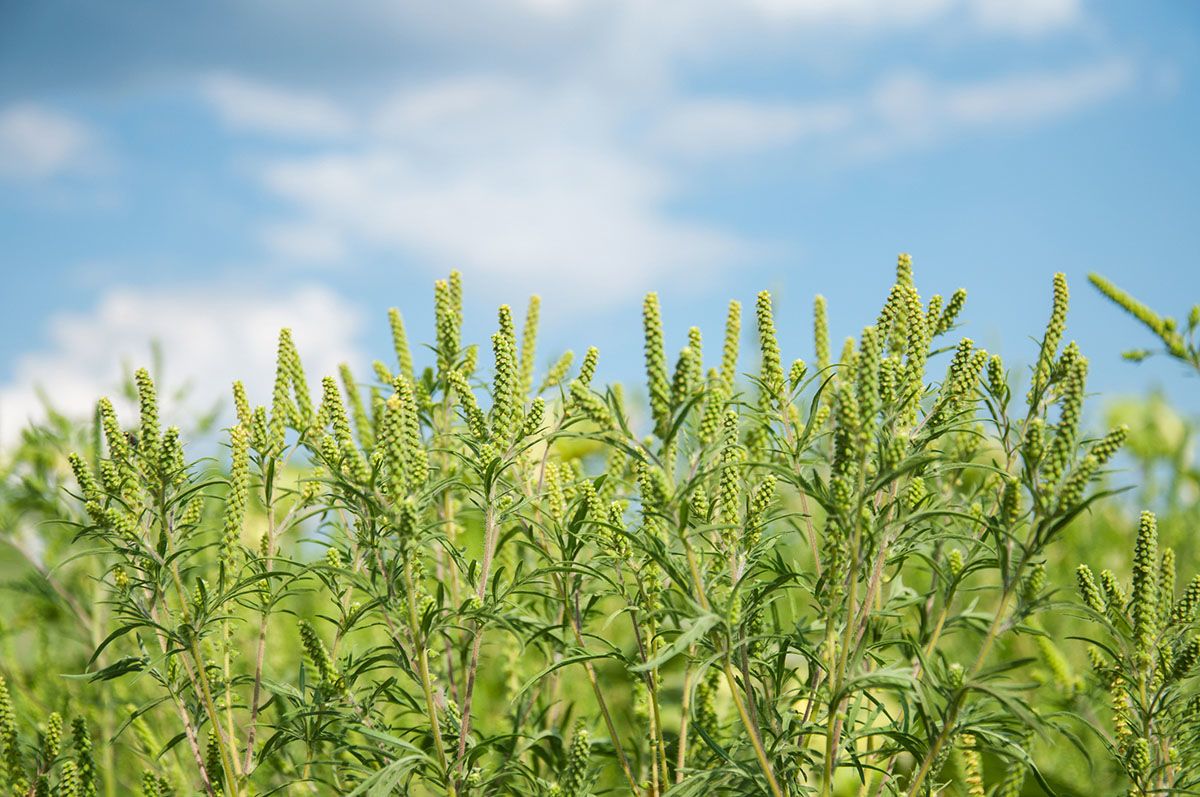
How weather, climate and
air pollution contribute to
pollen allergies
In Europe, the prevalence of allergies to airborne particles has increased significantly over the past few decades. Allergy to pollens is now one of the most common chronic diseases, and is related to both air pollution and weather events.

Pollen grains are the male reproductive part of seed plants and are carried by the wind. Symptoms associated with pollen allergies appear quickly and can incapacitate sufferers within minutes of exposure. Medication can help, though it is more effective if used several days prior, so predicting pollen counts is a useful way to combat the problem.
Pollen levels depend heavily on the weather, which can change the starting date of the entire pollen season and alter pollen counts within hours. Obtaining reliable, near real-time pollen data is a key goal within the research community. Pan-continental information is also vital as pollen can quickly and easily be transported across large distances.
There is also evidence that those living in urban areas are more likely to experience pollen allergies. It is thought this is due to the interaction between some types of air pollution and pollen grains, and how human immune systems respond to particles in the atmosphere.
A first step to tackling the rise in allergies is effective monitoring and forecasting of the concentrations of pollen particles in the air. A more effective system would be to provide tailor-made forecasts for individuals, taking into account their own reactions to each pollen type and other factors, such as local weather and their likely exposure to air pollution. Efforts are underway to build such systems, with the help of publicly available CAMS data.
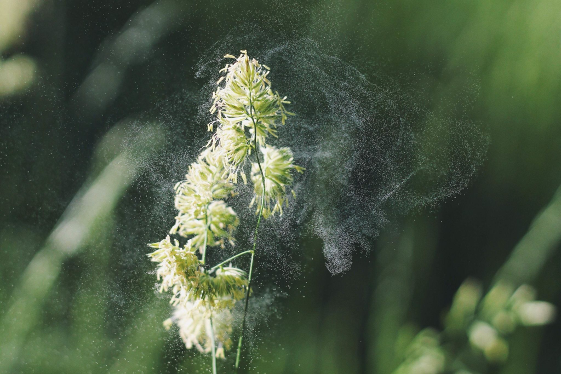

Pollen and climate change
Longer seasons and the impact of air pollution
Climate change, pollen concentrations and air pollution all appear to be linked.

The prevalence of allergenic diseases is likely to increase with a warming climate, due to effects on the spread of flowering plants and the duration of their flowering, as well as impacts on the allergenic properties of the pollen grains.
In addition, increasing levels of carbon dioxide in the atmosphere encourage plants to grow and bloom, causing an uptick in pollen concentrations.
Between 1990 and 2018, pollen concentrations and pollen seasons both increased across North America. Researchers found that climate change was the dominant driver of the changes and predicted the effects to develop further over the next few decades.
Climate change is also exacerbating air pollution, particularly within urban areas. Chemical pollutants may exacerbate the allergenic effects of pollen grains by breaking down their cell walls and releasing more allergens into the air.

Enhancing CAMS data to produce high quality forecasts

CAMS data and visualisation tool
CAMS uses numerical modelling and observational data to calculate pollen concentrations of the most common species – currently alder, birch, olive, grass, mugwort and ragweed – at around 10 km resolution, and provide forecasts up to four days in advance.
The information is provided as part of the CAMS ‘European air quality forecasts’ dataset, available in the Atmosphere Data Store, which provides data for air quality as well as pollen concentrations.
The dataset has also been used to create a visualisation tool, allowing users to select which variables they are interested in and see them on a map. Note that between mid-October and mid-March, maps are unavailable as the pollen variables are out of season.
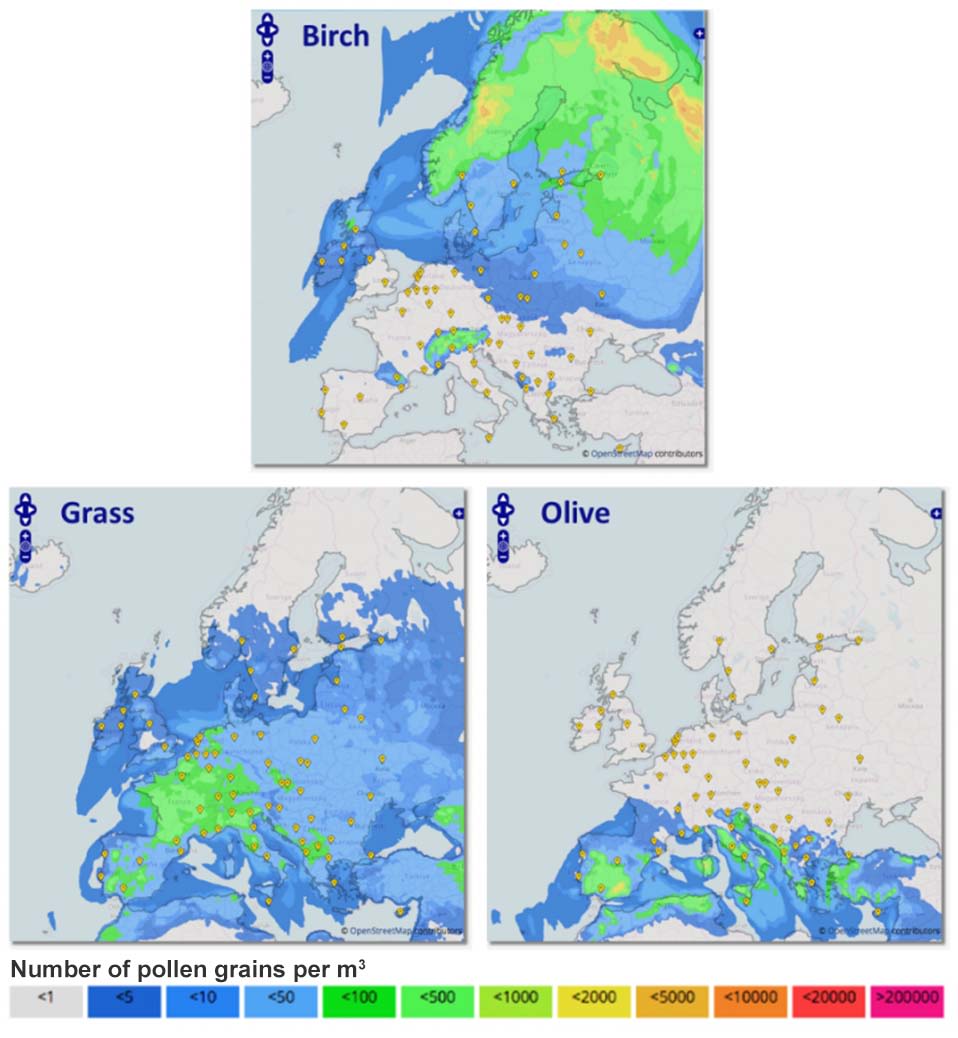
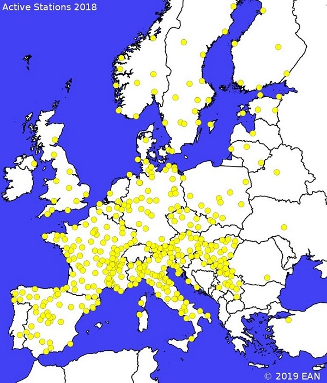
Advancing automated pollen monitoring
The CAMS-EAN collaboration has also taken a first step towards verifying pollen forecasts in near real-time. Run through the European Meteorological Network of National Meteorological Services (EUMETNET), AutoPollen is a proof-of-concept automated pollen monitoring network.
A vital partnership to enhance the forecasts
CAMS is partnered with the European Aeroallergy Network (EAN), which comprises an extensive monitoring network of pollen counting stations spread across Europe.
Observational data from hundreds of ground stations across the continent are used to verify and improve the CAMS forecasts. Just like weather forecasts, pollen forecasts can be inaccurate. The ability to review them using the latest observations helps the CAMS team understand how to make their pollen predictions even more useful.
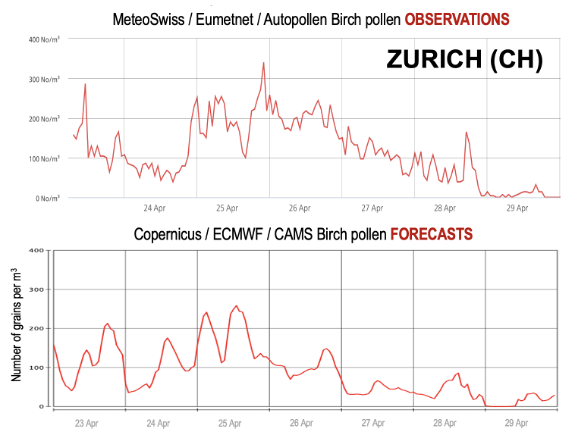
“While it is common today to verify air quality forecasts in real time, it is truly ground-breaking for pollen. Knowing you can check the forecast of the day, or the past few days, was correct, is invaluable,” explains Vincent-Henri Peuch, Director of CAMS.

“We have to develop some new technology for data assimilation in order to make maximum use of near real-time pollen observations,” says Mikhail Sofiev, a research professor at the Finnish Meteorological Institute in Helsinki who develops CAMS forecasting models. “That is the next challenge for CAMS, apart from extending the number of pollen species that will be covered by the service.”

Advanced pollen forecasting services
Applications to improve the quality of life for European allergy sufferers
The quality-assured data provided by CAMS are free for anyone to download and use. Businesses and organisations of all sizes are encouraged and supported to use the data to create new products or improve existing services.
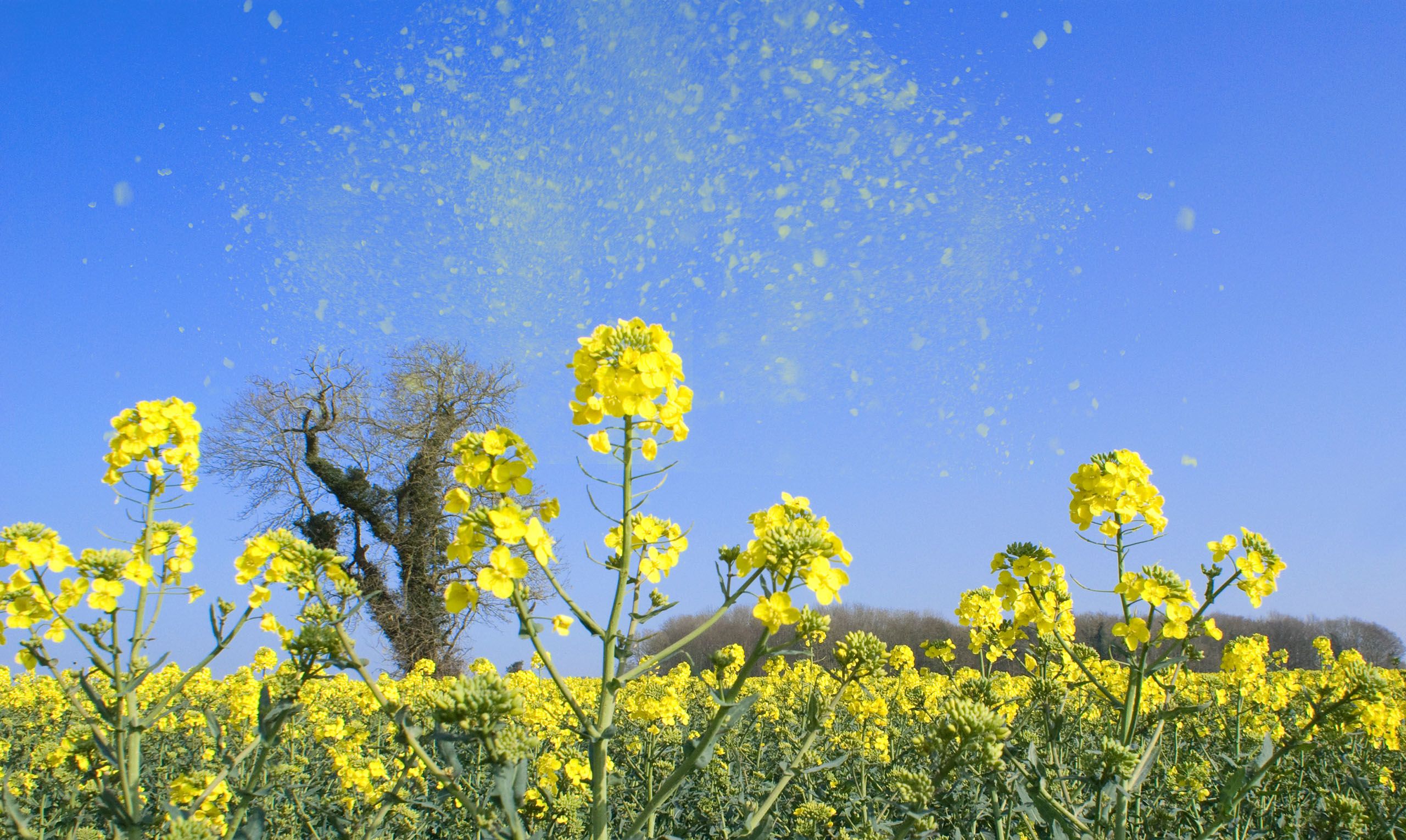
BreezoMeter
Air quality information for everyone
BreezoMeter is a company aiming to make pollen and air quality information as accessible to everyone as weather forecasts currently are.
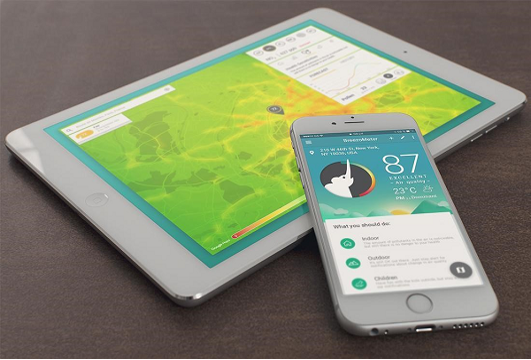
BreezoMeter draws on machine learning technology to create personalised, high-resolution forecasts, environmental data and insights for a range of variables, including pollen. The company feeds vast amounts of weather and atmospheric data into its algorithms, such as real-time traffic information and meteorological conditions; but data provided by CAMS are vital for the pollen services provided.
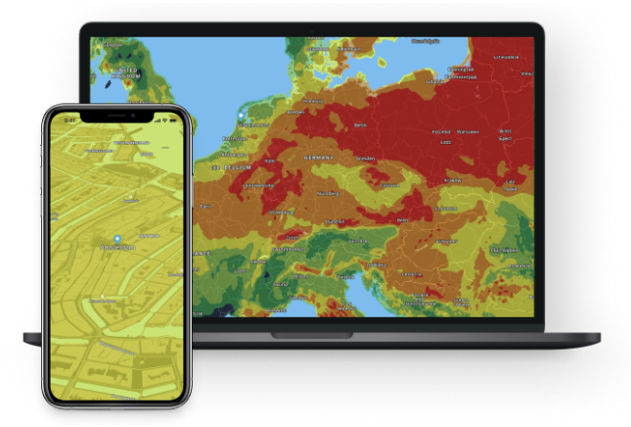
BreezoMeter lets users access data through an application programming interface (API), including its Pollen API, which contains the largest set of pollen types and species in the world. A free mobile app and interactive website lets users quickly access basic information about pollen threats in their surrounding environment; paying users can access more detailed information, including high-resolution heatmaps by pollen type.
The aim is to dramatically improve the everyday lives of those suffering from the effects of allergies, particularly in urban areas. This includes helping businesses and cities improve their air quality, which could help the health and quality of life for billions of people around the world.
“Today our children are breathing polluted air. BreezoMeter empowers the parents to keep their families safe.”
PASYFO
Personal allergy symptom forecasts
A collaboration between CAMS and researchers at the Vilnius University Šiauliai Academy in Lithuania, the Medical University of Vienna in Austria, and the Finnish Meteorological Institute led to the creation of PASYFO
(Personal Allergy Symptom Forecasting system); a unique mobile application offering personalised symptom forecasts.
The app draws on air quality and pollen data from CAMS and EAN, and provides detailed pollen allergy symptom forecasts
for users in Latvia and Lithuania.
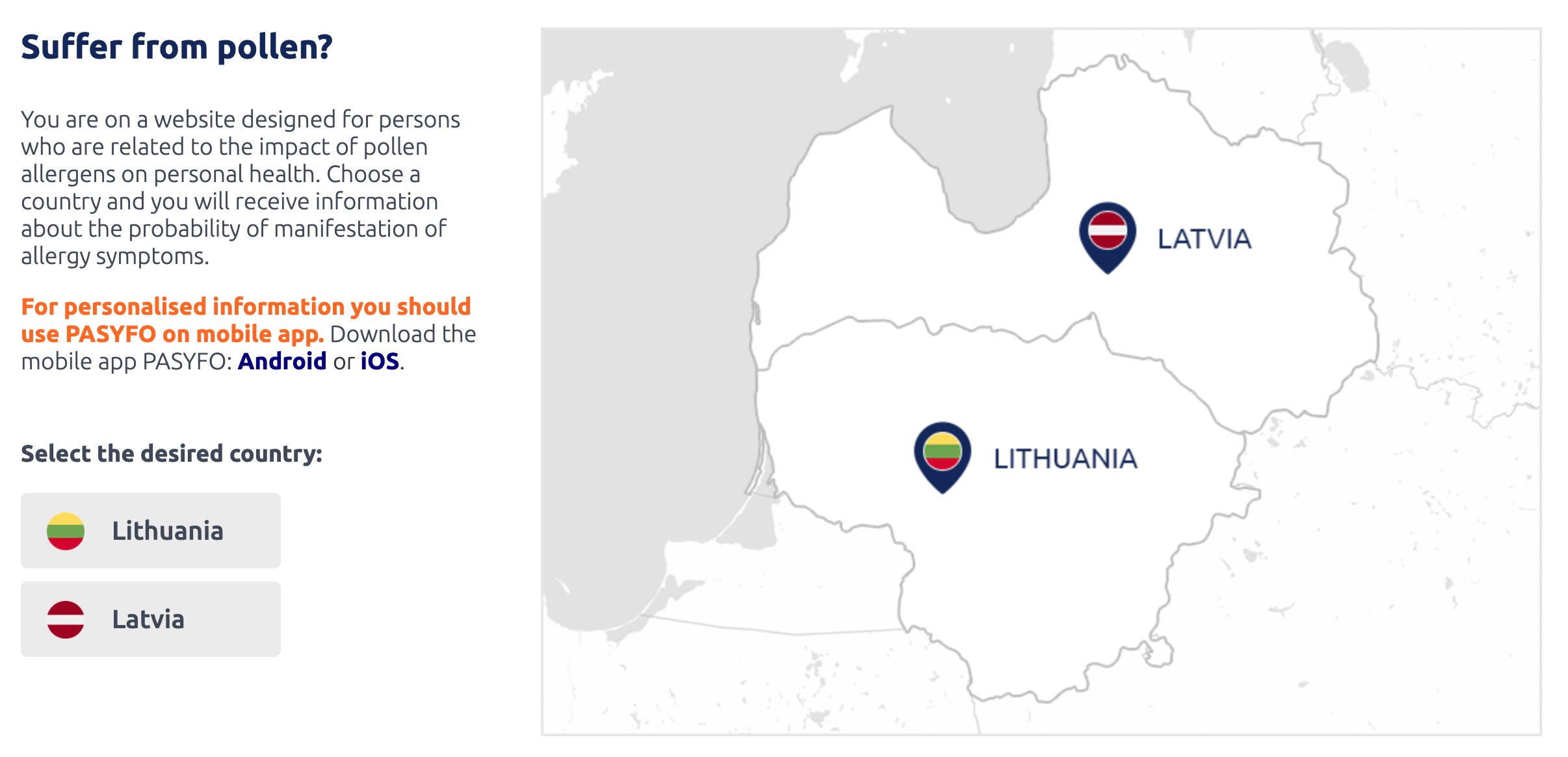
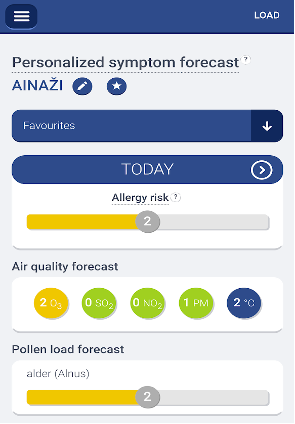
The app allows users to personalise their symptom forecasts, and delivers information on a range of common allergenic pollen across Europe. It also gives local air quality information.
PASYFO uses high-resolution ‘System for Integrated modeLling of Atmospheric composition’ (SILAM) forecasts for northern Europe. These forecasts are verified and qualified using CAMS data, which are updated daily and provides a high level of reliability.
While the app covers Latvia and Lithuania, the nature of the design and the spatial coverage of the underlying data mean it could be reconfigured and tailored to any European country.
“CAMS is amazing because we can have so many variables – we use, for example ozone, sulphur dioxide, nitrogen dioxide, particulate matter and pollen.”
Improving quality
of life for all
CAMS data are helping to transform urban areas into more liveable spaces
Thanks to the data provided from CAMS through its collaboration with EAN, several downstream applications have been created which are already improving the lives of European citizens. By assuring high-quality and personalised forecasts for pollen allergy sufferers, this ongoing service is directly contributing to the advancement of one of the United Nations’ Sustainable Development Goals (SDGs).

SDG 3
The CAMS pollen data and forecasts contribute to SDG 3 – ‘Good health and well-being’ – as they will help governments, local organisations and individuals improve their quality of life, health and general well-being by monitoring the potential impacts of pollen spread and acting accordingly.
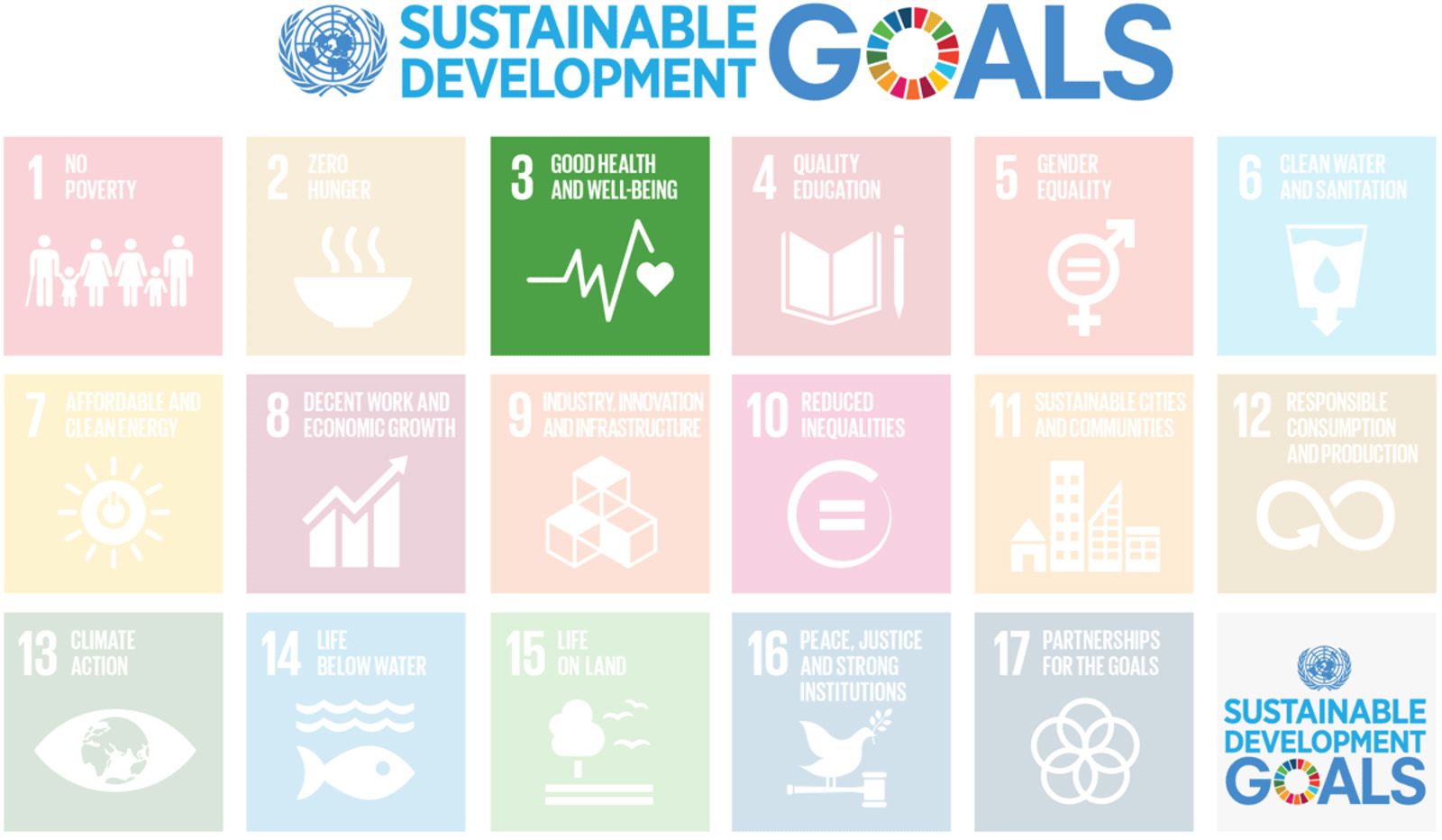
A future with real-time pollen monitoring
CAMS is constantly updating its models and the collaboration with EAN is ongoing. The hope is that software developers will use the data to create new technologies that will improve the lives of citizens in Europe and around the rest of the world.
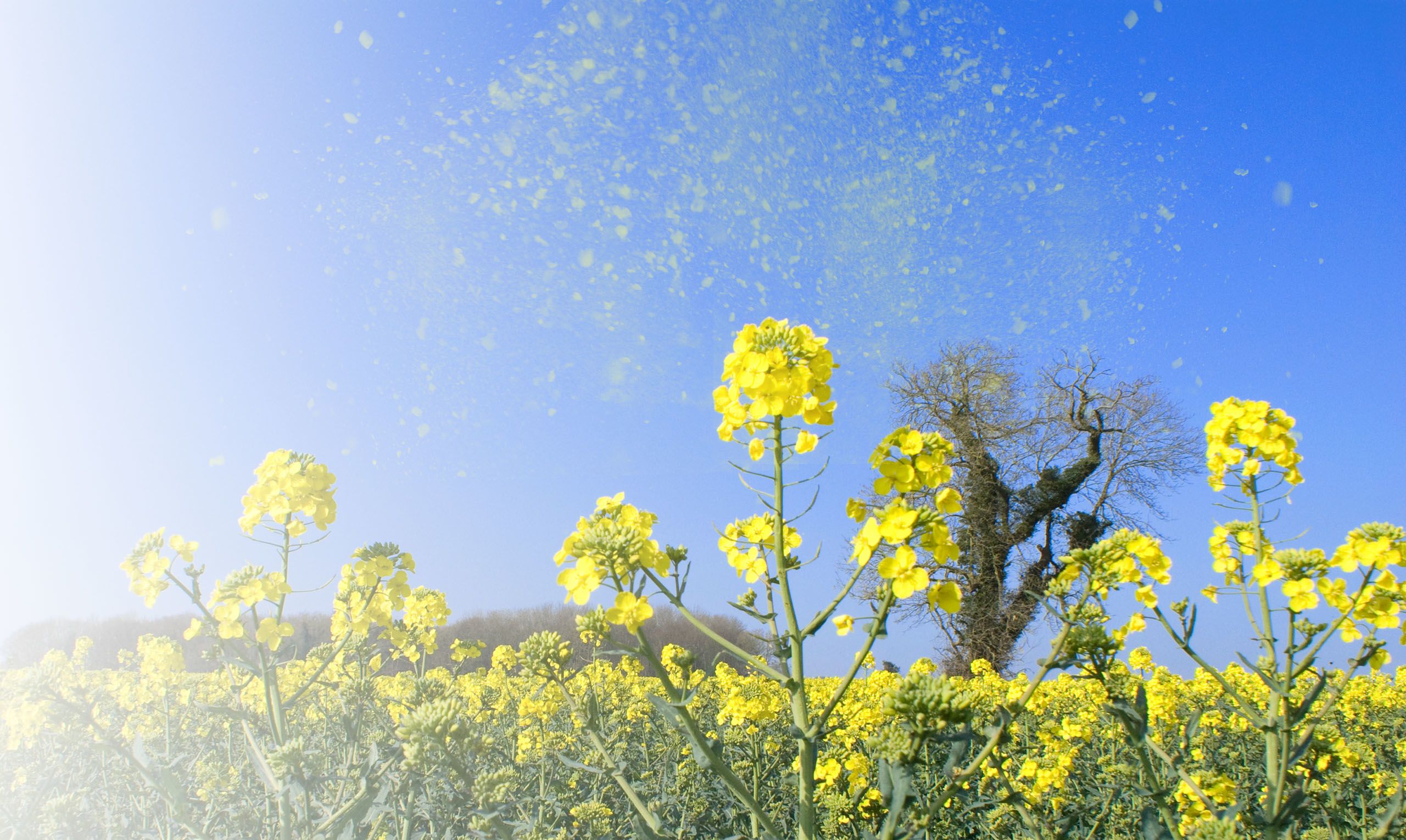
As well as forecasting for individuals, many industries see benefits from including pollen data in their products and services. Smart home technologies, for example, can include pollen information in their briefings, letting customers plan for the days ahead. Pharmaceutical companies and healthcare industries can use pollen data to improve their products, and provide detailed and accurate information to patients to plan their outdoor activities at times which will present lower risks to their health.
The data offered through CAMS are constantly improving the lives of European citizens that suffer from pollen allergies. With more technologies that harness this invaluable data source, the benefits will spread around the world.






